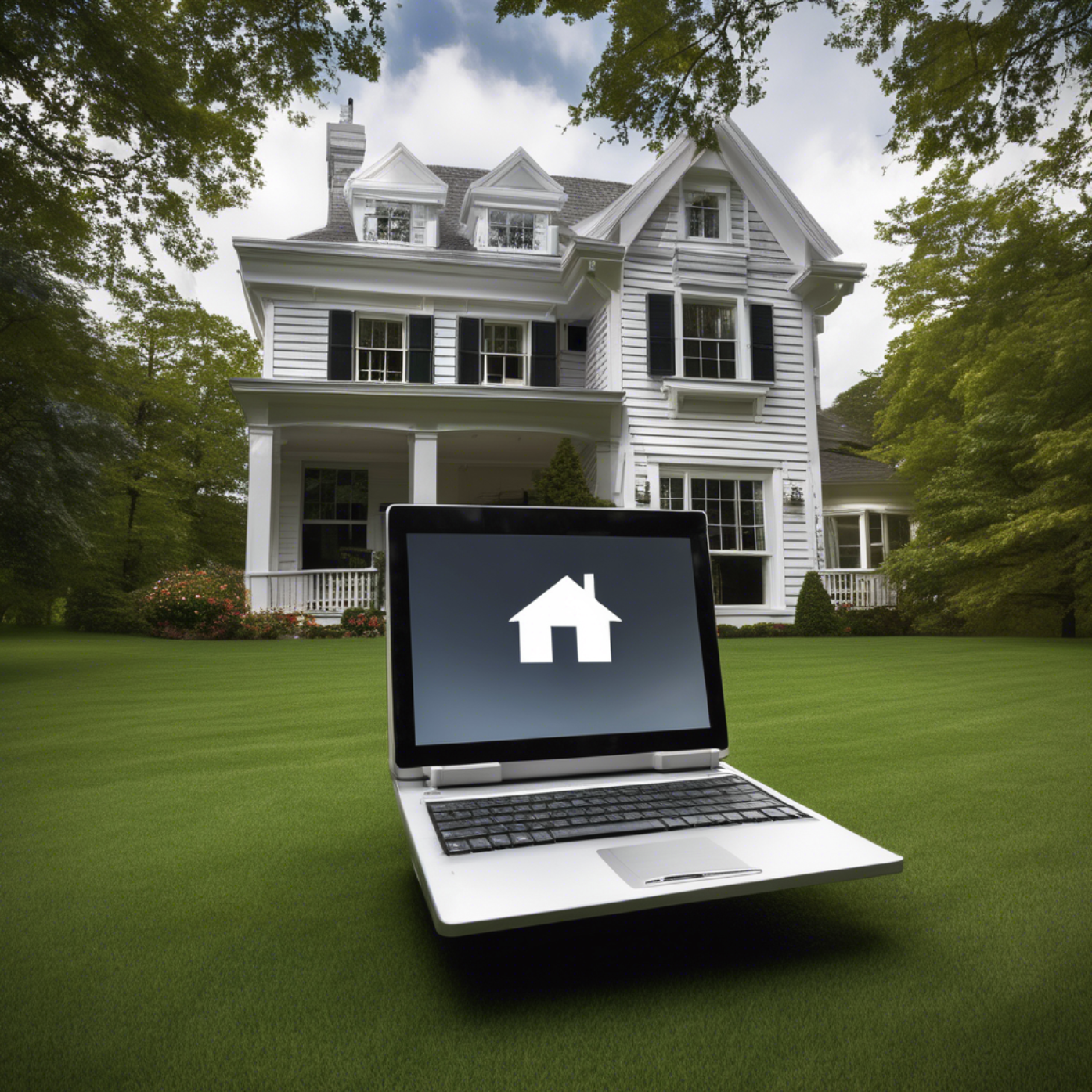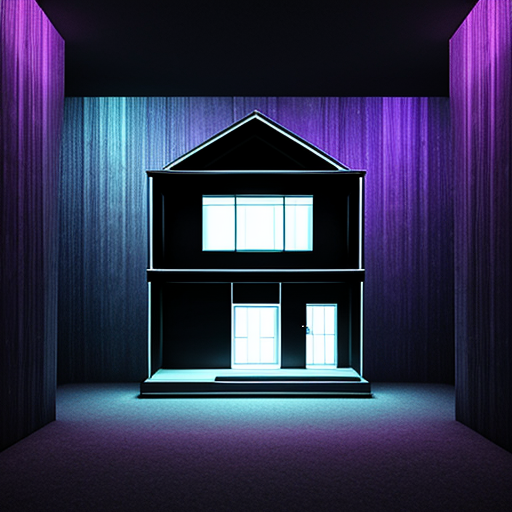
The real estate industry has undergone a tech-fueled transformation, and virtual staging is now at the forefront of this evolution. It combines interior design with 3D visualization and editing software to transform empty or outdated property photos into stylish, photorealistic spaces. For realtors, this means a powerful tool to showcase listings in the best light, attract buyers, and close deals faster.
In this comprehensive guide, we’ll explore how to use virtual staging to increase sales, step-by-step implementation strategies, and why it’s becoming a standard practice for savvy real estate agents.
Read about the best virtual staging softwares and apps for real estate and realtors 2025 (DIY and free download reddit): click here now
What Is Virtual Staging?
Virtual staging is the process of digitally furnishing and decorating interior photos of a home using 3D modeling software. Instead of hiring movers, buying or renting furniture, and staging a home physically, virtual staging allows realtors to furnish a room with the click of a mouse.
This approach appeals to online buyers, who make initial judgments based on photos. A virtually staged image can highlight the potential of a space, help viewers visualize room dimensions and flow, and create an emotional connection with the home.
Why Virtual Staging Works
First Impressions Matter: 95% of home buyers look at property photos online before deciding to visit. Virtual staging makes those first impressions count.
Cost-Effective: Traditional staging can cost thousands of dollars, while virtual staging is often under $100 per room.
Time-Saving: No physical setup. You get staged images back in 24 to 72 hours.
Flexible Design Options: Target specific buyer personas (e.g., modern, farmhouse, luxury) to appeal to different markets.
Faster Sales: Staged homes sell 73% faster than non-staged homes, and virtual staging delivers similar results.
How to Use Virtual Staging as a Realtor
Choose the Right Software or Provider
You can either use DIY software like ApplyDesign, VisualStager, or Homestyler, or outsource to services like BoxBrownie or Virtual Staging Lab.
Look for photorealism, furniture libraries, editing flexibility, and turnaround times.
Capture Quality Photos
Use a DSLR camera or hire a professional photographer.
Make sure rooms are clean, well-lit, and shot from corners to show depth.
Empty rooms are best for virtual staging to avoid mismatched edits.
Select Design Styles Based on Your Target Audience
Urban condos might benefit from modern, minimalist staging.
Family homes do better with cozy, traditional setups.
Luxury homes require upscale furnishings and sophisticated décor.
Review and Approve Edits
Check for furniture placement, color schemes, shadows, and scale.
Request revisions if something feels off.
Avoid over-designing; the goal is to inspire, not distract.
Disclose Staging in Listings
Always include a disclaimer that images are virtually staged.
Provide both empty and staged versions for transparency.
Integrate in Your Marketing
Use staged images on MLS listings, Zillow, and Realtor.com.
Post before-and-after slides on social media.
Include them in email campaigns, open house flyers, and printed brochures.
Track Performance
Compare views, leads, and time on market before and after implementing virtual staging.
Use this data to refine your design choices and marketing strategies.
Common Mistakes to Avoid
Overuse of Filters: Don’t make it look too digitally altered.
Unrealistic Furniture: Avoid floating chairs or shadowless tables.
Neglecting Exterior Shots: Virtual landscaping can be just as powerful.
Skipping Mobile Optimization: Make sure your images look great on smartphones.
Advanced Tips for Realtors
Virtual Renovation: Show what a fixer-upper could look like after upgrades.
Interactive Virtual Tours: Combine virtual staging with 3D walk-through tools.
Personalized Designs: If you know the target buyer, tailor staging to their lifestyle.
A/B Testing: Post both staged and non-staged versions and measure engagement.
Legal and Ethical Considerations
Virtual staging is legal and widely accepted, but ethical best practices require honesty. Don’t use it to cover damage, mislead about room sizes, or represent furniture as included in the sale. The National Association of Realtors encourages transparency when using any type of digital alteration.
ROI of Virtual Staging
According to NAR, the average cost of home staging is $1,500+, while virtual staging typically costs between $25 to $100 per room.
Homes with professional photos (including virtual staging) receive 118% more online views.
Properties with high-quality visuals spend 33% less time on the market.
Conclusion: The Future of Real Estate Marketing
Virtual staging is more than a trend—it's a strategy. It saves money, sells homes faster, and meets modern buyer expectations for online-first property shopping. For realtors, mastering virtual staging isn't optional anymore; it's essential.
By choosing the right tools, aligning design with audience, and ethically marketing properties, real estate agents can close deals quicker and with greater impact. In a competitive market, virtual staging isn’t just a nice-to-have; it’s a game-changer.










Write a comment ...